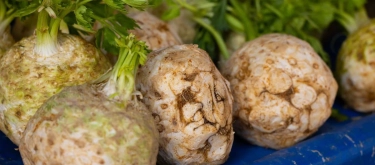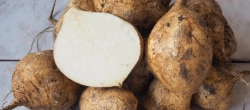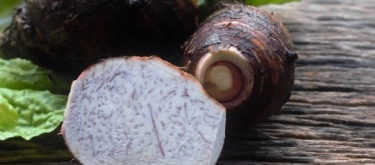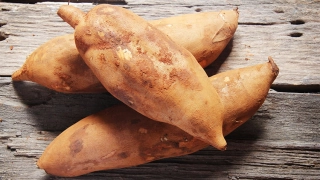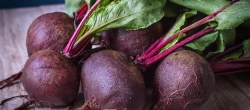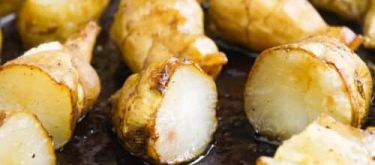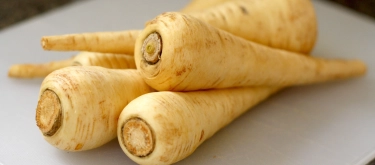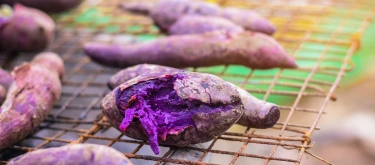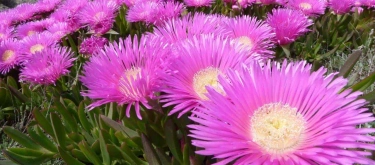Lotus Root: Taste Profile, Aroma, Benefits and Health Risks
Lotus root (Nelumbo nucifera) is the edible rhizome of the lotus plant, cultivated widely across East and South Asia. Prized for its striking visual structure, gentle flavor, and adaptability to a range of cooking techniques, lotus root holds cultural, culinary, and medicinal value in numerous traditions. From stir-fries to soups and herbal tonics, it is a cornerstone of classical and modern Asian gastronomy.
Lotus root is generally safe for most individuals when properly cooked. Raw consumption may carry microbial risk and lead to digestive discomfort in sensitive individuals. Young children and people with compromised digestion should avoid raw or undercooked lotus root.
What does Lotus Root taste like?
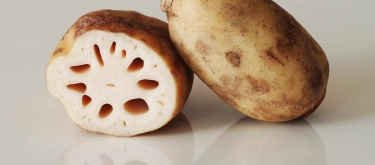
Complete Sensory Description:
The taste of lotus root is mild and slightly sweet, with a delicate nutty undertone and a neutral starchy base that allows it to absorb other flavors easily. When raw, it has a refreshing, crisp bite similar to water chestnut. When cooked, it develops a soft chew and subtle earthy sweetness. The aroma is faintly floral and starchy, particularly noticeable when braised or stir-fried. Its texture varies from firm and crunchy (raw or lightly cooked) to tender and smooth (with extended cooking). Visually, lotus root is immediately recognizable by its creamy beige skin and the unique radial holes revealed when sliced crosswise.
In-depth Flavor Analysis:
The flavor of lotus root stems from its high content of amylopectin-rich starch, which lends sweetness and body. When cooked, this starch gelatinizes, enhancing mouthfeel and delivering a comforting, creamy bite. Raw lotus root contains polyphenols, contributing to mild astringency and enzymatic browning. Its flavor-binding capacity makes it an ideal carrier for rich sauces, while its low aromatic intensity allows it to harmonize with both sweet and savory profiles. From a physiological perspective, its sweetness stimulates tip-of-the-tongue taste receptors, while the crunch provides tactile satisfaction via mechanoreceptors in the mouth.
Flavour Variations Depending on Preparation and Maturity:
-
Young roots (harvested earlier) are more tender, with higher moisture and lighter sweetness—best suited for raw salads or quick pickling.
-
Mature roots are starchier and more fibrous. Upon braising or boiling, they absorb surrounding flavors while releasing natural sugars, becoming softer and slightly nutty.
-
Raw: Delivers a water-chestnut-like crunch with slight bitterness. Beneficial for salads, but requires acidulation to prevent browning.
-
Stir-fried: Retains firmness while amplifying its sweet and earthy notes through Maillard-induced caramelization.
-
Braised/Stewed: Texture softens to a potato-like bite. Sweetness deepens, and the root fully absorbs surrounding flavors.
-
Fried (e.g. tempura): Light crisp on the outside with a starchy, slightly sweet interior—develops mild roasted aromatics.
Varieties and Culinary Applications:
All culinary lotus root comes from Nelumbo nucifera, though regional cultivars differ in diameter, fiber density, and sugar content. Lotus root is used widely in Chinese, Japanese, Korean, and Indian cuisines. Common preparations include stir-fried lotus with black vinegar, sweet soy-braised root, spiced curry stews, and stuffed lotus fritters. The root is also used in medicinal broths and powdered for use in teas and desserts.
Selection and Storage:
Choose heavy, unblemished segments with firm skin and no visible mold. Avoid soft spots and shriveling. Unwashed lotus root can be refrigerated for up to 10 days. After slicing, submerge pieces in acidulated water (lemon or vinegar) to prevent discoloration. Cooked lotus root can be stored chilled for up to 3 days.
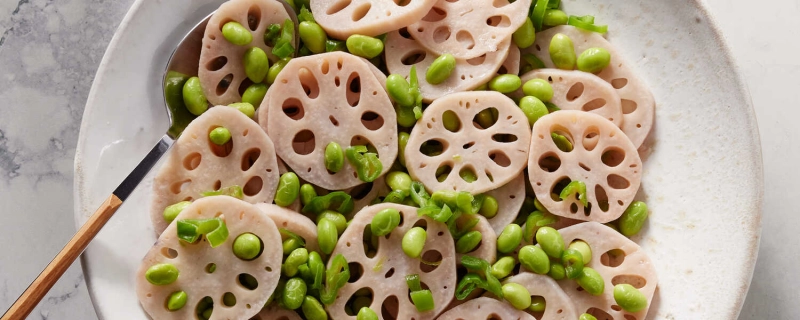
Nutritional Insights:
Lotus root provides a low-calorie, high-fiber source of complex carbohydrates. It contains vitamin C, potassium, iron, and polyphenols. Its inulin-like compounds may support gut flora. The starch offers slow-release energy, while antioxidants in the skin contribute to anti-inflammatory effects. Traditional medicine attributes cooling, blood-purifying, and anti-hemorrhagic properties to lotus root.
Expert Insights & Culinary Tips:
-
Blanching before frying prevents oil splatter and preserves color.
-
Slicing diagonally increases surface area and visual appeal.
-
For soups, simmer gently to avoid disintegration while still allowing flavor absorption.
-
Lotus root pairs well with miso, sesame, ginger, tamari, chili oil, and sour agents like black vinegar or tamarind.
Interesting and Curious Facts:
-
In Buddhist symbolism, the lotus represents spiritual purity rising from the mud. Its edible root—hidden, yet essential—mirrors this metaphor.
-
The radial air channels in the root are part of the plant’s natural buoyancy system.
-
Lotus seeds, leaves, and stems are also edible and commonly used in East Asian cooking.
Harm and Dietary Considerations:
Improperly washed or raw lotus root may harbor bacteria such as Aeromonas or parasites if sourced from contaminated water. Cooking neutralizes most risks. Some individuals may experience bloating from resistant starches. Not advised raw for infants or people with weakened immunity or sensitive digestion.
Religious Dietary Considerations:
Lotus root is plant-based and accepted in all major religious dietary practices, including vegetarian, vegan, and Buddhist traditions.
Final Thoughts & Sensory Journey:
Lotus root is more than just a beautiful vegetable—it’s a conduit of flavor, tradition, and versatility. Whether served crunchy and raw or slow-braised to silky tenderness, it adapts seamlessly to diverse cuisines while offering a gentle sweetness and textural depth. Appreciating lotus root is both a sensory and cultural experience.
Resources:
-
The Lotus: Know It and Grow It by Paula Biles (2006). ISBN: 9780977793001
-
Handbook of Vegetables and Vegetable Processing edited by Muhammad Siddiq (2010). ISBN: 9780813804718
-
Chinese Medicinal Plants, Herbal Drugs and Substitutes by Christoph Friedrich and Hans Becker (2020). ISBN: 9783662629865
-
The Flavor Matrix by James Briscione and Brooke Parkhurst (2018). ISBN: 9780544809963
